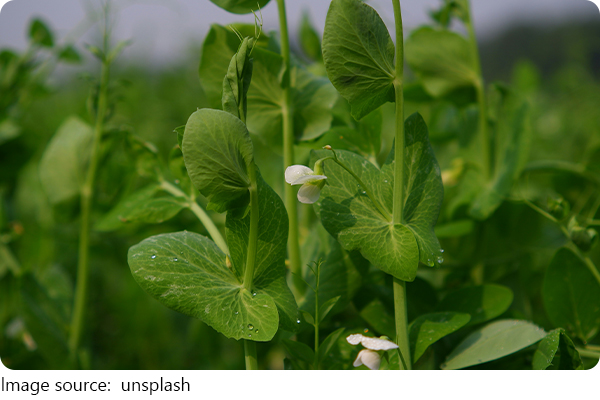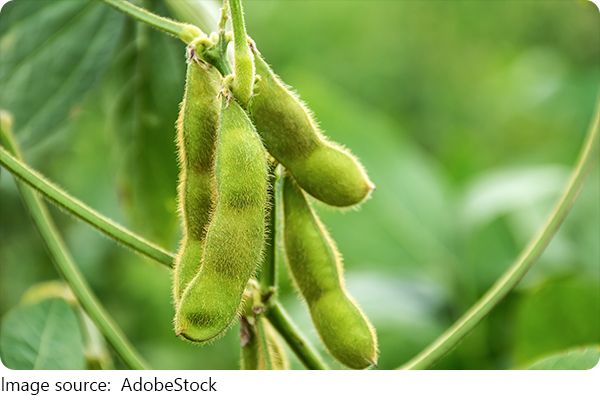Balcony Veggie Garden

Growing vegetables on your balcony is more than just a fun hobby or a way to save money—it’s an empowering step toward food independence, reducing your environmental impact, and reconnecting with nature right at home.
Even in the heart of the city, balcony gardening can brighten your space, improve your diet, and help lower stress. Whether you have a sunny corner or a cozy nook, with the right know-how, you can cultivate fresh, delicious produce just steps from your kitchen.
Why Grow Vegetables on Your Balcony?
Growing vegetables on a balcony isn't just about saving money or impressing your friends with homegrown cherry tomatoes. It's also about taking control of your food source, reducing your carbon footprint, and reconnecting with nature—even in the heart of the city. Balcony gardening is a great way to reduce stress, improve your diet, and create a greener living space.
Check Your Balcony Conditions First
Before you rush to buy seeds and pots, take a few moments to assess your balcony's basic conditions:
• Sunlight: Most vegetables need at least 5–6 hours of sunlight a day. Leafy greens like lettuce or spinach can tolerate partial shade, but fruiting plants such as tomatoes, peppers, and cucumbers need full sun.
• Wind: High-rise balconies often deal with strong wind, which can dry out soil and damage fragile plants. Windbreaks such as lattice panels, bamboo screens, or even a row of sturdy plants can protect your crops.
• Space and Weight Limits:Some balconies can't hold too much weight, so lightweight containers and potting mixes are safer. Also, consider vertical gardening to maximize floor space.
Choose the Right Vegetables
Not all vegetables thrive in containers or limited sun. For balcony gardening, go for fast-growing, compact, and easy-to-manage vegetables:
• Leafy greens: Lettuce, spinach, arugula, and kale grow quickly and don't need deep containers.
• Herbs: Basil, chives, parsley, and mint are perfect for small spaces and offer big flavor.
• Tomatoes and peppers: Use dwarf or cherry varieties for containers.
• Radishes and carrots: Choose short-root varieties and loose soil.
• Green beans: Bush beans grow well in containers with proper support.
Try mixing vegetables that grow above and below ground to use vertical space efficiently.
Pick the Right Containers
Don't underestimate the importance of good containers. Here's what to consider:
• Size: The deeper the container, the better the root development. For example, tomatoes need at least a 12-inch-deep pot.
• Drainage: Every container should have holes at the bottom to prevent waterlogging.
• Material: Plastic pots are lightweight and retain moisture well. Clay pots breathe better but dry out faster. Fabric grow bags are increasingly popular due to their portability and breathability.
You can also repurpose household items like buckets or wooden crates—just make sure they drain properly and are safe for growing food.
Use Quality Soil and Fertilizer
Your vegetables won't thrive without the right foundation. Don't use soil from the ground—it's too dense and may contain pests or disease. Instead, go for a lightweight, well-draining potting mix.
Add compost or slow-release organic fertilizer to enrich the soil. Since nutrients wash out faster in containers, you'll need to fertilize more often. Liquid fertilizers can be added every 2–3 weeks during the growing season.
Watering Tips for Balcony Gardening
Balcony plants often dry out faster due to wind and sun exposure. Here's how to manage it:
• Check daily: Stick your finger an inch into the soil; if it feels dry, water it.
• Water deeply: Shallow watering leads to weak roots. Let water run out the drainage holes.
• Avoid overwatering: Too much water causes root rot. Make sure the container drains well.
• Use mulch: A layer of straw or coconut fiber on top of the soil can reduce evaporation.
Self-watering containers are also great for beginners or people with busy schedules.
Keep Pests and Problems Under Control
Even in a balcony garden, pests can show up. Fortunately, you can prevent most issues naturally:
• Inspect regularly: Check leaves for holes, spots, or bugs.
• Use neem oil or insecticidal soap: These are safe for edible plants and control common pests like aphids or spider mites.
• Attract beneficial insects: If possible, plant flowers like marigolds or nasturtiums nearby—they help deter pests naturally.
Also, rotate crops seasonally to reduce the buildup of soil-borne issues.
Harvesting and Enjoying the Results
The joy of balcony gardening comes full circle when you harvest your first vegetables. Don't wait too long—picking vegetables when young and tender often gives better flavor. Leafy greens can be harvested continuously by picking outer leaves, allowing the plant to keep growing.
Use your fresh produce in salads, stir-fries, or smoothies. The taste of just-picked veggies beats anything store-bought, and the sense of achievement is unbeatable.
Seasonal Considerations and Climate Tips
Gardening success also depends on your local climate. In cooler areas, spring and fall are ideal. In warmer regions, you can grow almost year-round with some seasonal adjustments. Use shade cloth in summer or small greenhouses in colder months to extend your growing season.
Learn your plant hardiness zone and plan your balcony garden accordingly.

Final Thoughts: Start Small, Grow Big
Balcony gardening isn't about having a perfect setup from day one. It's about experimenting, learning, and watching life grow right outside your window. Even if you start with just a pot of basil and a few lettuces, you're already a gardener.
Are you ready to grow your own food just steps from your kitchen? Start small today, and soon, you'll be picking your own fresh salad straight from your balcony!
-
 Lindos View GuideExplore St. Paul’s Bay and Lindos Acropolis: Your Complete Guide to Rhodes’ Most Stunning Panoramic View!
Lindos View GuideExplore St. Paul’s Bay and Lindos Acropolis: Your Complete Guide to Rhodes’ Most Stunning Panoramic View! -
 Scalp Health MattersWhy Healthy Hair Starts at the Root: The Essential Role of Scalp Care in Hair Wellness!
Scalp Health MattersWhy Healthy Hair Starts at the Root: The Essential Role of Scalp Care in Hair Wellness! -
 Benefits of a Rocking HorseWhy Every Baby Needs A Rocking Horse: The Secret To Endless Smiles And Brilliant Growth!
Benefits of a Rocking HorseWhy Every Baby Needs A Rocking Horse: The Secret To Endless Smiles And Brilliant Growth!